News & Views, Volume 48 | Strategic Evaluation of MAOP – Reconfirmation Plans and Options
By: Scott Riccardella and Bruce Paskett
On October 1, 2019, the Pipeline and Hazardous Materials Safety Administration (PHMSA) published amendments to 49 CFR Parts 191 and 192 in the Federal Register issuing the Pipeline Safety: Safety of Gas Transmission Pipelines: MAOP Reconfirmation, Expansion of Assessment Requirements, and Other Related Amendments Final Rule (Final Rule).
The Final Rule requires that for on-shore steel transmission pipelines in an High Consequence Area (HCA), Class 3 or 4 location without Traceable, Verifiable and Complete (TV&C) records for §192.619(a)(2) (pressure testing, including records required by §192.517(a)) ; or where the Maximum Allowable Operating Pressure (MAOP) was established based on the Grandfather Clause and the MAOP creates a stress ≥ 30% of the Specified Minimum Yield Strength (SMYS), an operator will need to reconfirm the MAOP in accordance with the provisions of §192.624.

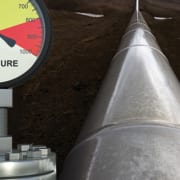
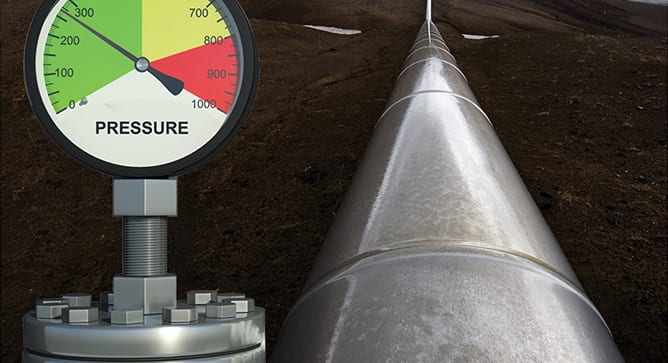
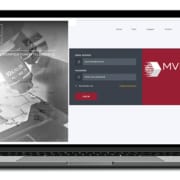
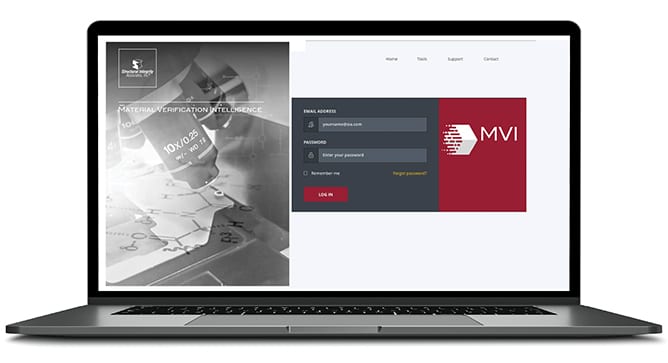
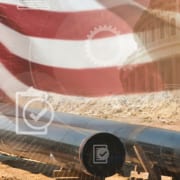
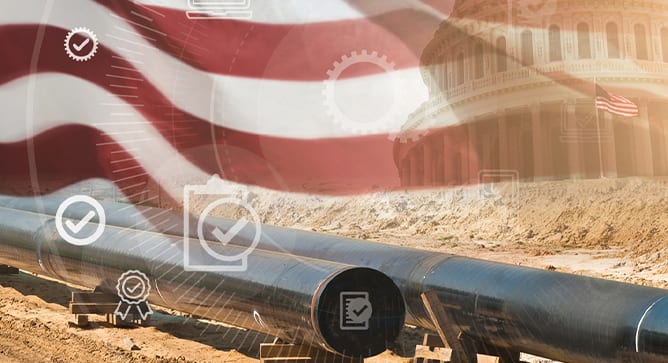 On October 1, 2019 the Pipeline and Hazardous Materials Safety Administration (PHMSA) published amendments to 49 CFR Parts 191 and 192 in the Federal Register issuing
On October 1, 2019 the Pipeline and Hazardous Materials Safety Administration (PHMSA) published amendments to 49 CFR Parts 191 and 192 in the Federal Register issuing 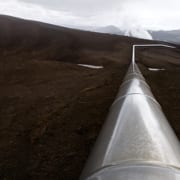
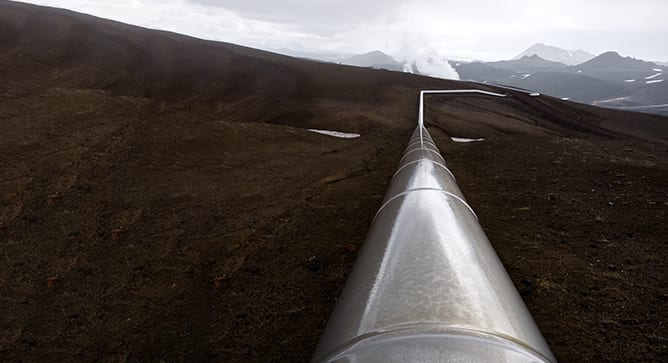 You’ve just completed the first in-line inspection (ILI) of a new pipeline asset. The ILI tool results are in, and there are no required repairs! However, how sure are we of the accuracy of the results? Could the tool have under-called some of the reported anomalies? Are there any regulatory requirements beyond the “response criteria” mentioned in CFR 192 and 195 for operators of hazardous transmission pipelines? These are the problems that ILI verification is trying to solve.
You’ve just completed the first in-line inspection (ILI) of a new pipeline asset. The ILI tool results are in, and there are no required repairs! However, how sure are we of the accuracy of the results? Could the tool have under-called some of the reported anomalies? Are there any regulatory requirements beyond the “response criteria” mentioned in CFR 192 and 195 for operators of hazardous transmission pipelines? These are the problems that ILI verification is trying to solve.
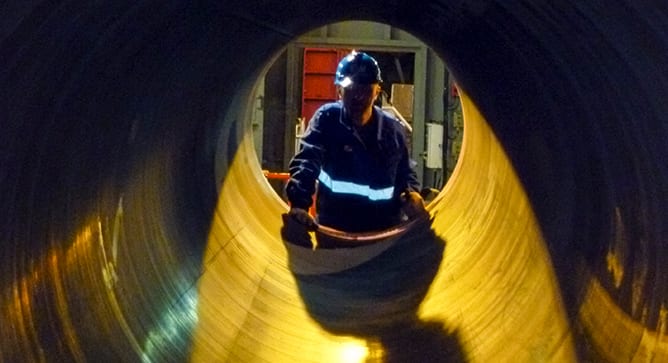
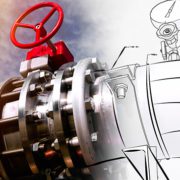
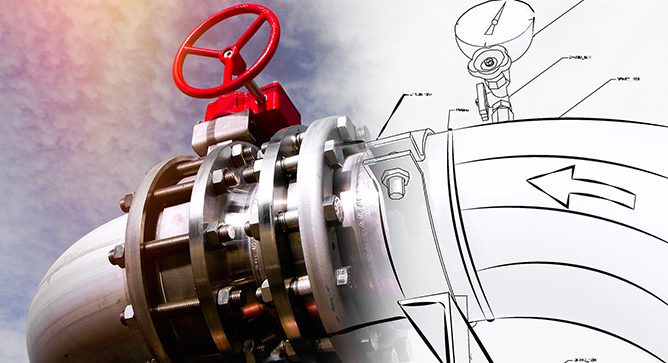

 Structural Integrity (SI) has significant depth and expertise in current pipeline safety regulations and dedicates substantial resources to ensure a comprehensive understanding of proposed pipeline safety regulations.
Structural Integrity (SI) has significant depth and expertise in current pipeline safety regulations and dedicates substantial resources to ensure a comprehensive understanding of proposed pipeline safety regulations.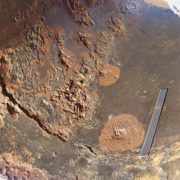
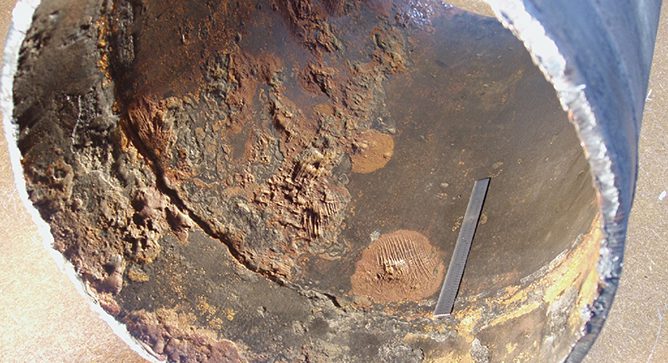 A March 16, 2017, advisory bulletin (Docket No. PHMSA-2016-0131 – “Pipeline Safety: Deactivation of Threats”) gave guidance on the deactivation of pipeline threats, including the threat of internal corrosion.
A March 16, 2017, advisory bulletin (Docket No. PHMSA-2016-0131 – “Pipeline Safety: Deactivation of Threats”) gave guidance on the deactivation of pipeline threats, including the threat of internal corrosion.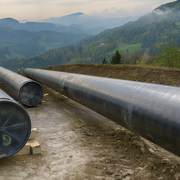
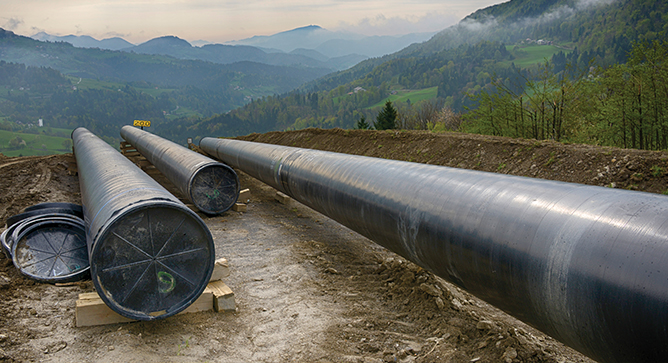 Structural Integrity
Structural Integrity 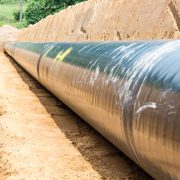
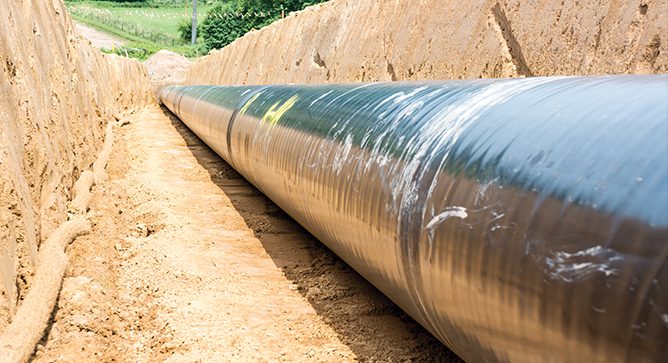 In January 2012, the Pipeline Safety, Regulatory Certainty, and Job Creation Act of 2011 was signed into law directing PHMSA to take steps to further assure the safety of pipeline infrastructure.
In January 2012, the Pipeline Safety, Regulatory Certainty, and Job Creation Act of 2011 was signed into law directing PHMSA to take steps to further assure the safety of pipeline infrastructure.